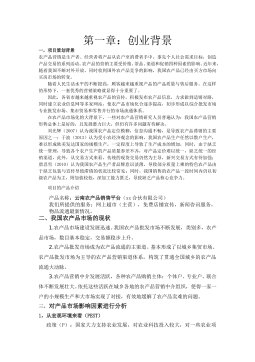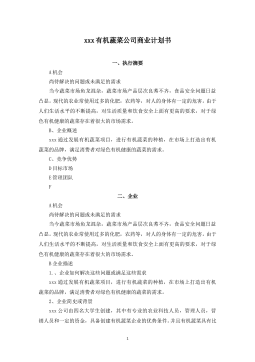铁电材料BaTiO3缺陷结构的研究
摘要钛酸钡晶体是一种重要的铁电材料,它的应用领域十分广泛。其优良的电学性质在机电制动器和光电转换器等方面得到广泛的主要应用[1]。作为一种陶瓷材料它又可以作为电容器和传感器的材料[2]。目前,钛酸钡单晶体在非线性光学器件中又获得了广泛的研究与应用[3]。由于钛酸钡晶体随着温度的变化其结构会出现一系列的相变:在温度达到1460℃以上它处于六方晶系结构,在120℃以上它为立方晶系结构,在5℃以上它为正方晶系结构-90℃以上它为斜方晶系,在-90℃一下它则是菱形晶系结构[4]。大多数文章集中在对晶体的相变研究上,对于钛酸钡晶体的的缺陷对其光学性质的影响的文章并不多。因此从钛酸钡晶体的本征的点缺陷出发...
相关推荐
-
10KV电网D-SCADA 系统信息采集与故障诊断研究与设计VIP免费

 2024-10-14 25
2024-10-14 25 -
方形吸顶散流器平送风等温射流特性研究VIP免费

 2025-01-09 7
2025-01-09 7 -
关于充液声导波传感器中频散兰姆波的研究VIP免费

 2025-01-09 10
2025-01-09 10 -
结合梁斜拉桥施工过程中考虑剪力滞影响的分析方法VIP免费

 2025-01-09 6
2025-01-09 6 -
空调房间热舒适性的数值模拟与实验研究VIP免费

 2025-01-09 7
2025-01-09 7 -
汽车前轮线控转向系统研究VIP免费

 2025-01-09 8
2025-01-09 8 -
输入分配型混合动力车辆动力系统控制策略研究VIP免费

 2025-01-09 7
2025-01-09 7 -
双馈风力发电系统的柔性并网控制研VIP免费

 2025-01-09 9
2025-01-09 9 -
污水处理厂污泥好氧堆肥发酵技术的试验研究VIP免费

 2025-01-09 7
2025-01-09 7 -
应用风室试验装置的风机性能VIP免费

 2025-01-09 8
2025-01-09 8
相关内容
-

汽车前轮线控转向系统研究
分类:高等教育资料
时间:2025-01-09
标签:无
格式:PDF
价格:15 积分
-

输入分配型混合动力车辆动力系统控制策略研究
分类:高等教育资料
时间:2025-01-09
标签:无
格式:PDF
价格:15 积分
-

双馈风力发电系统的柔性并网控制研
分类:高等教育资料
时间:2025-01-09
标签:无
格式:PDF
价格:15 积分
-

污水处理厂污泥好氧堆肥发酵技术的试验研究
分类:高等教育资料
时间:2025-01-09
标签:无
格式:PDF
价格:15 积分
-

应用风室试验装置的风机性能
分类:高等教育资料
时间:2025-01-09
标签:无
格式:PDF
价格:15 积分






